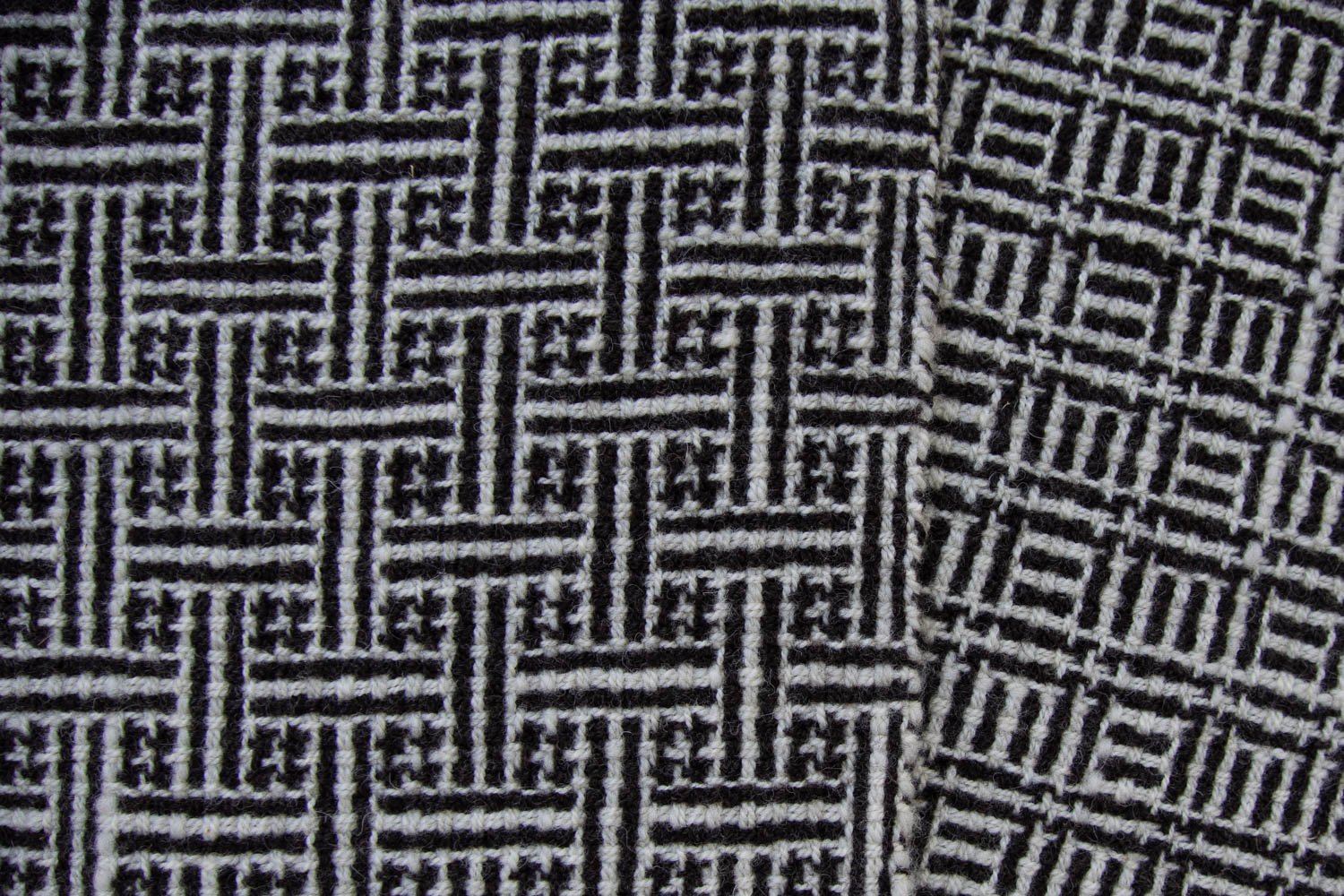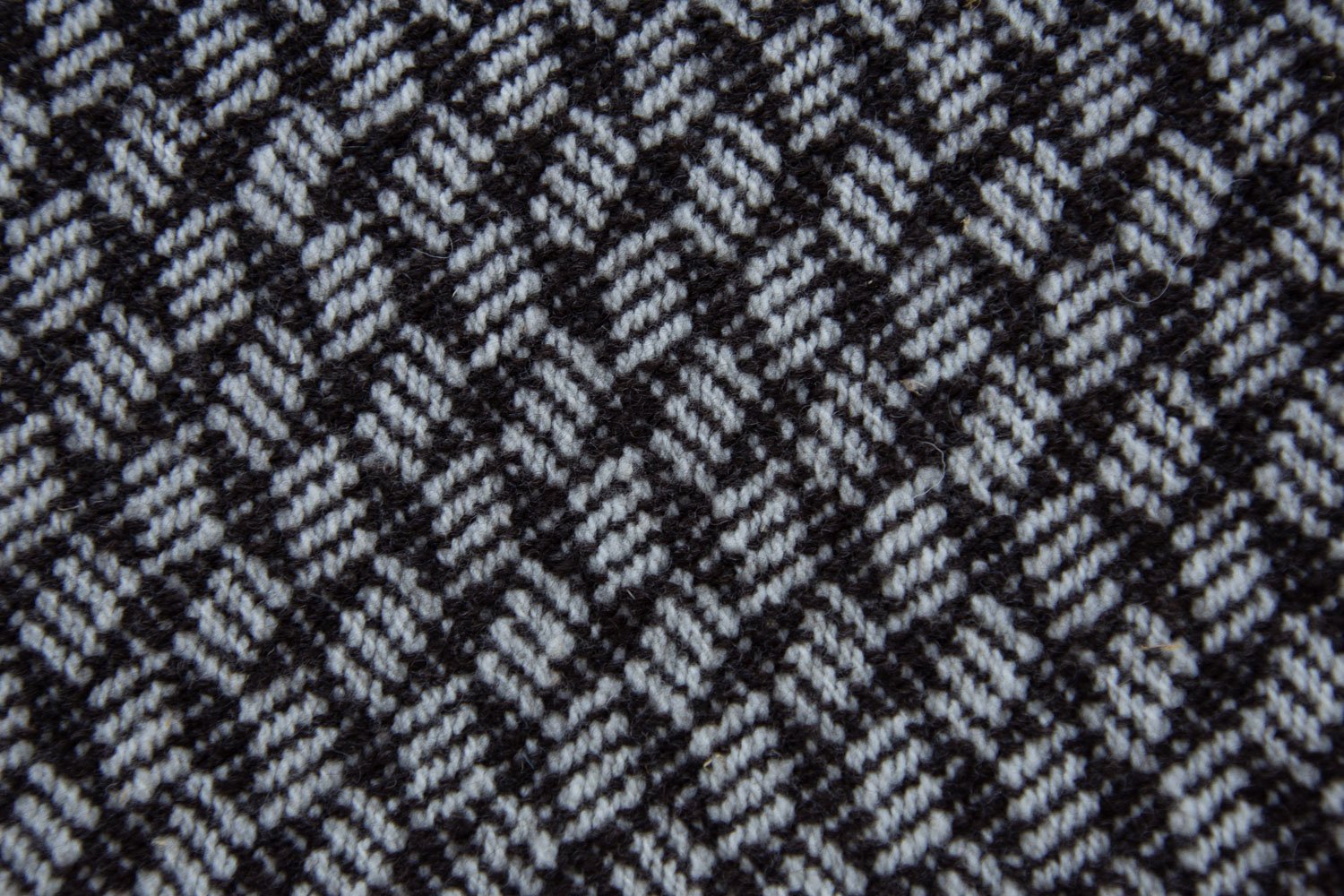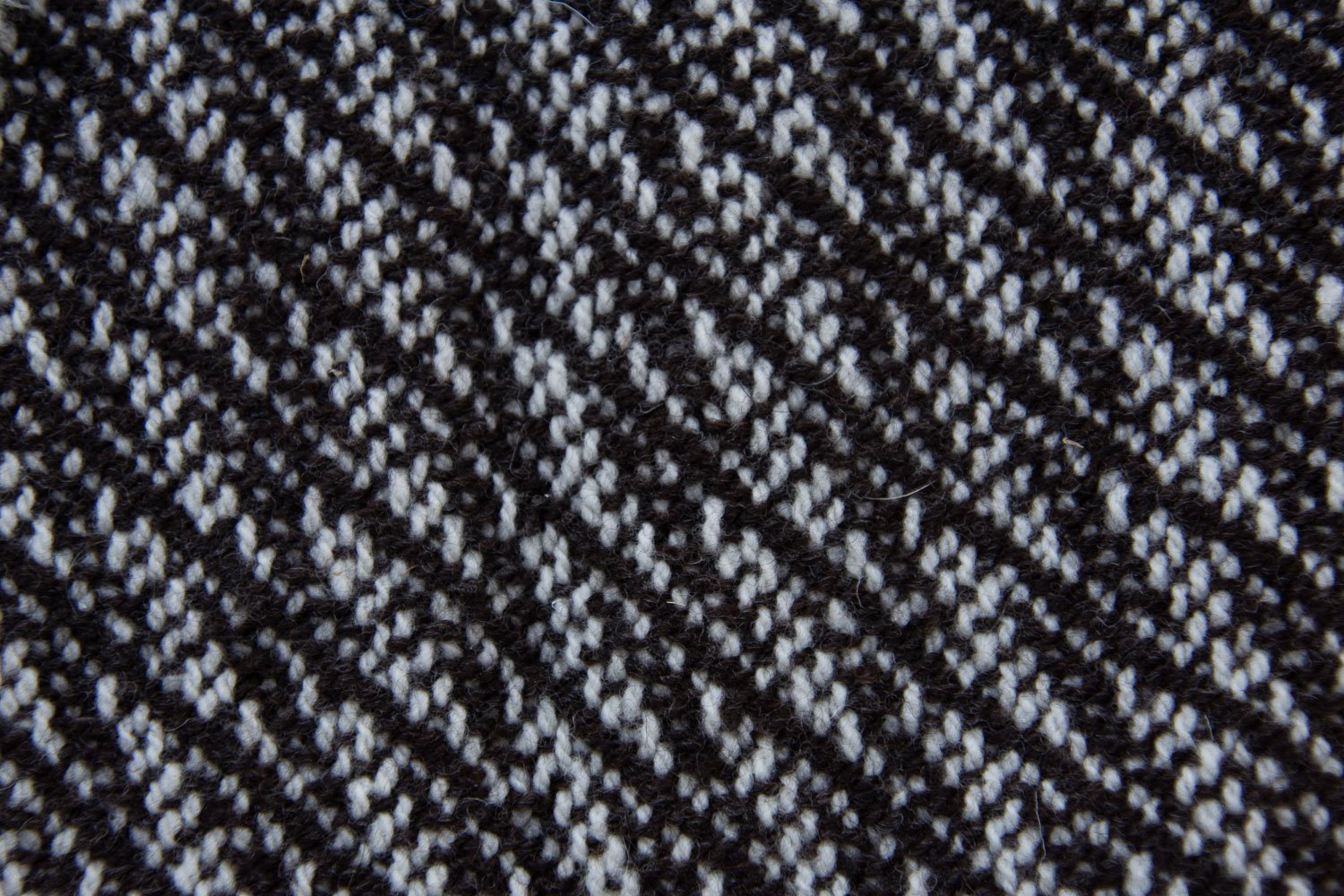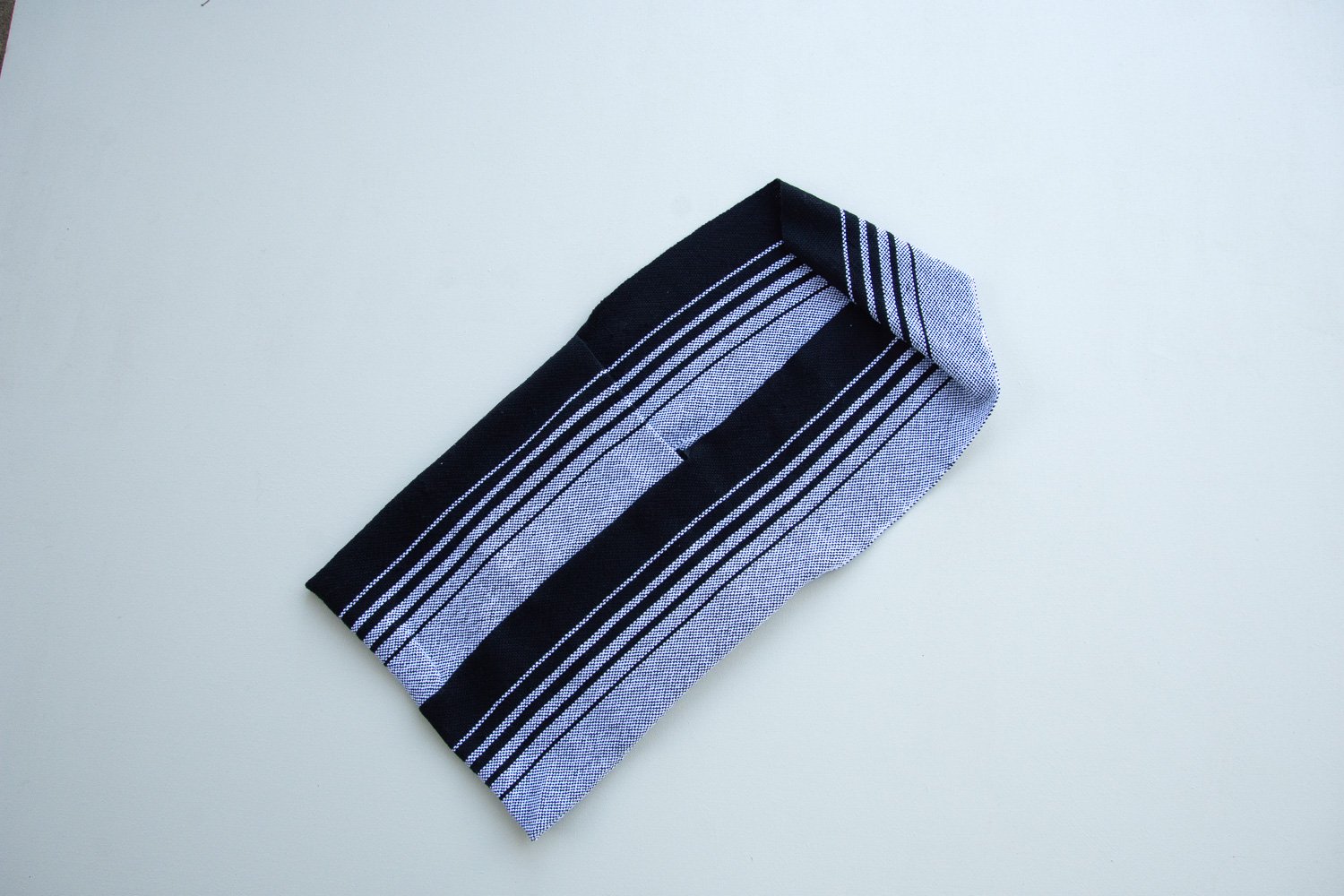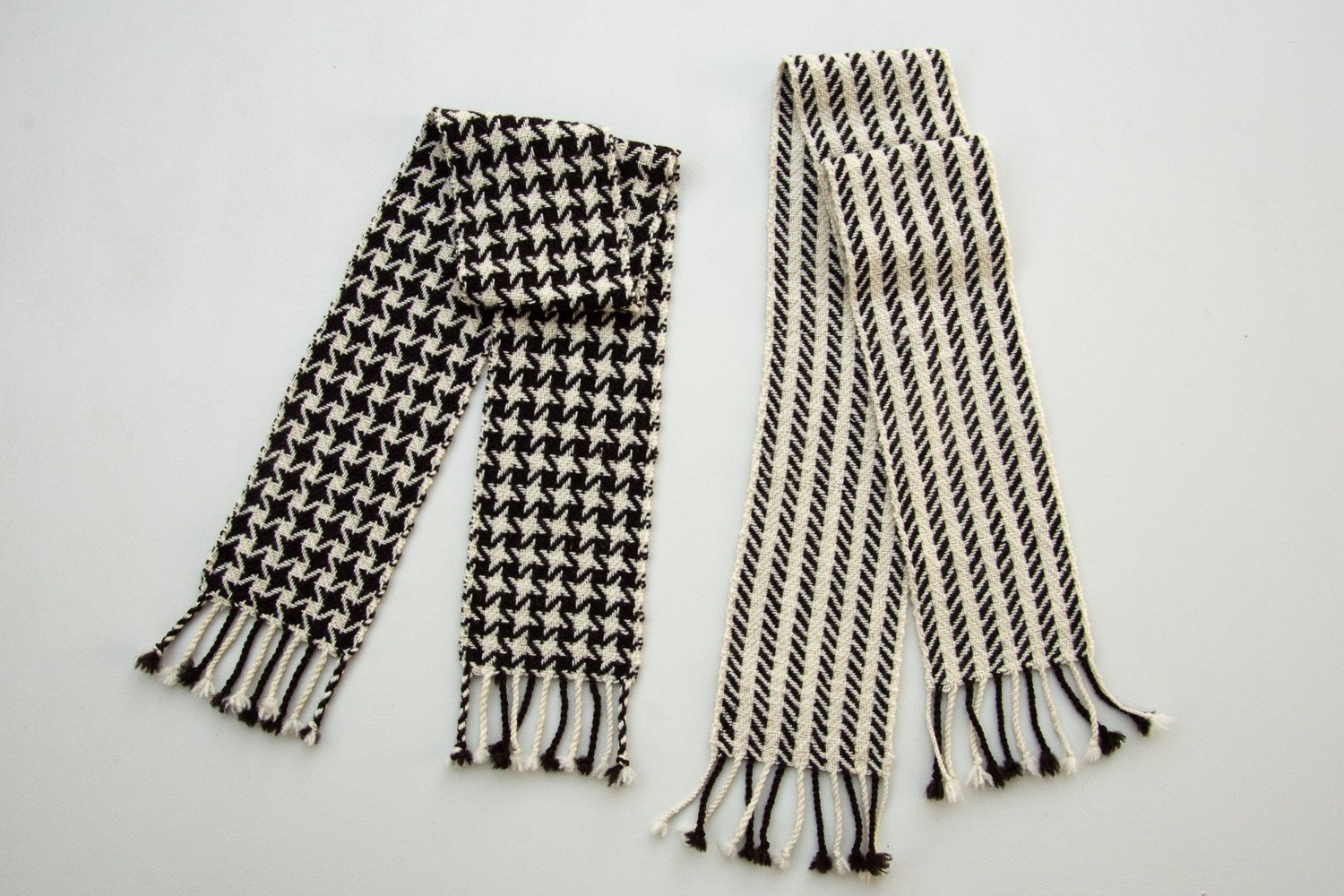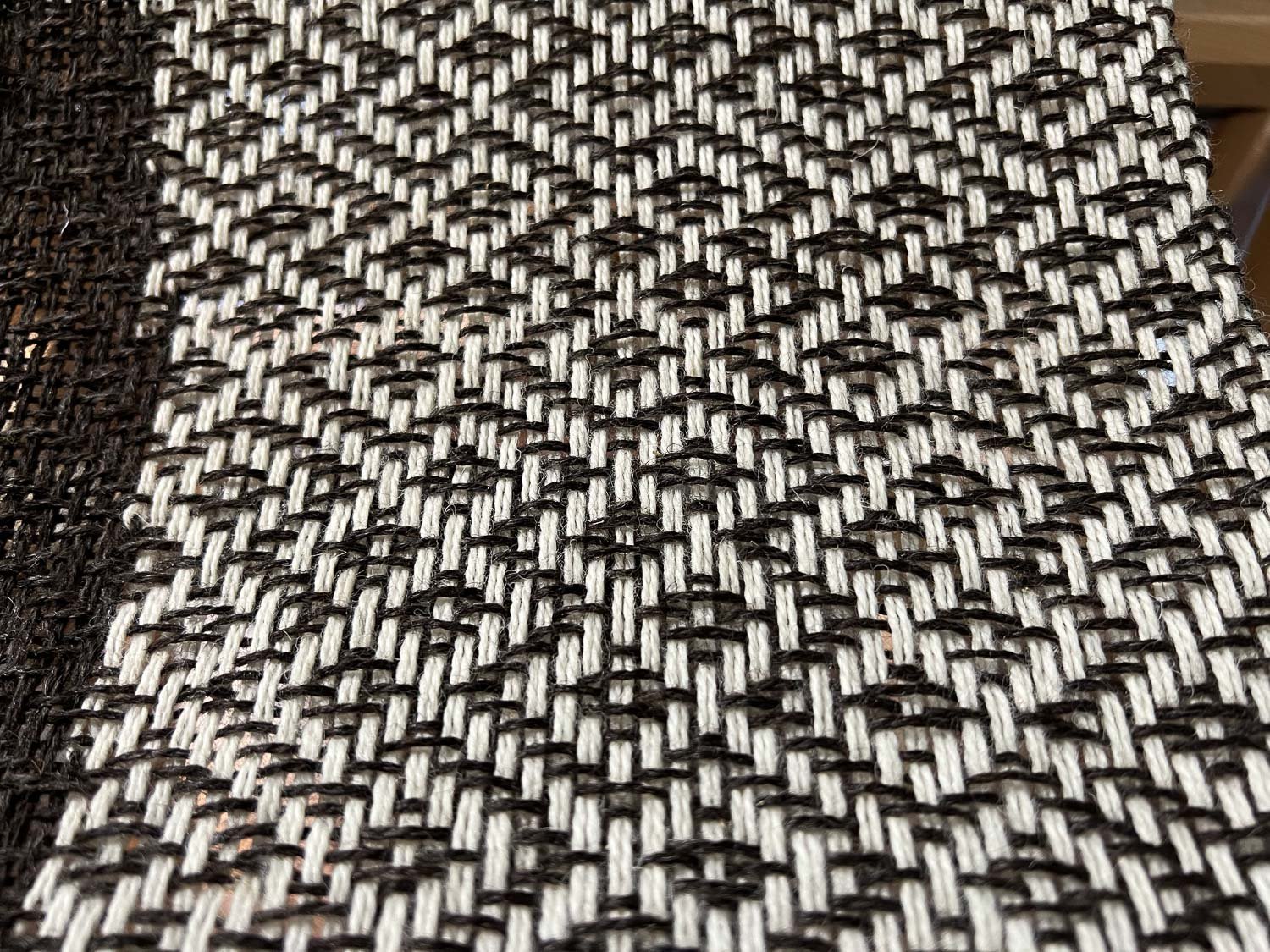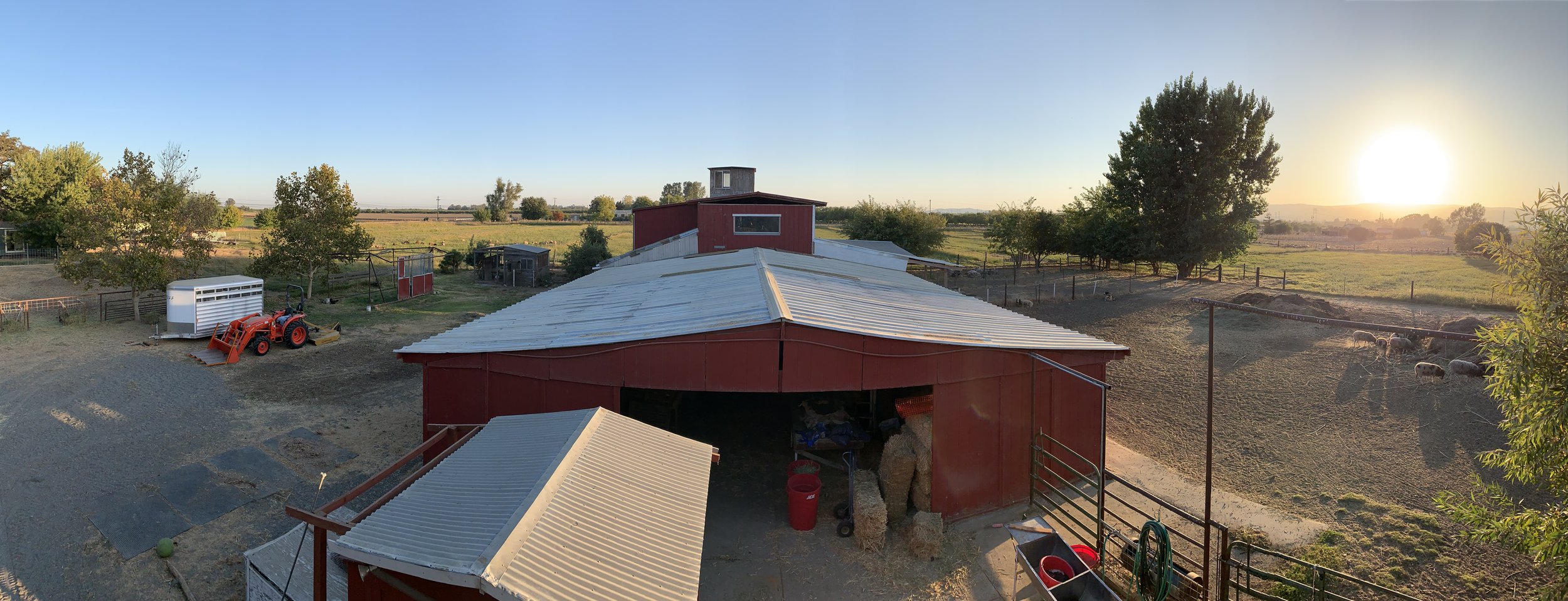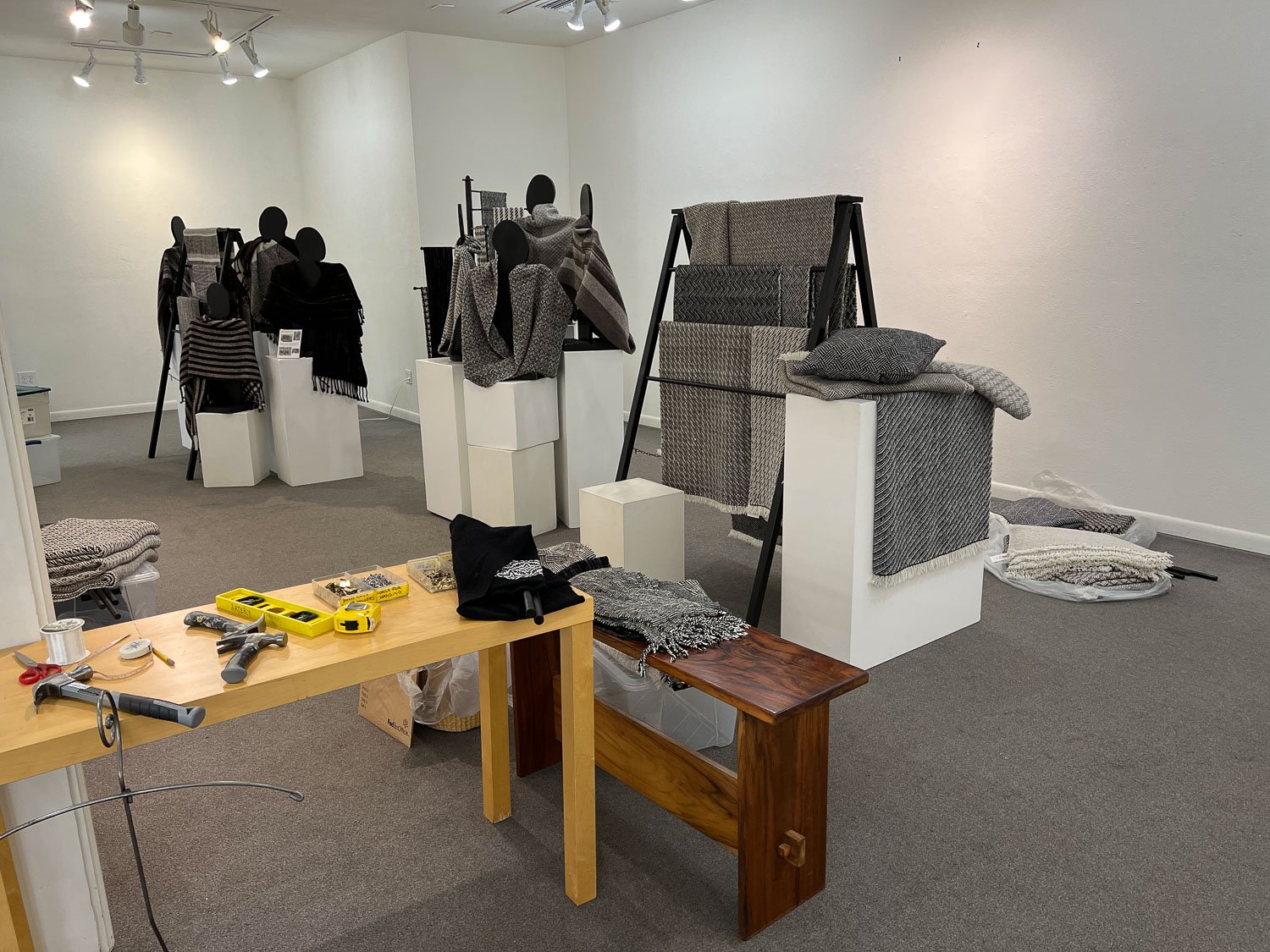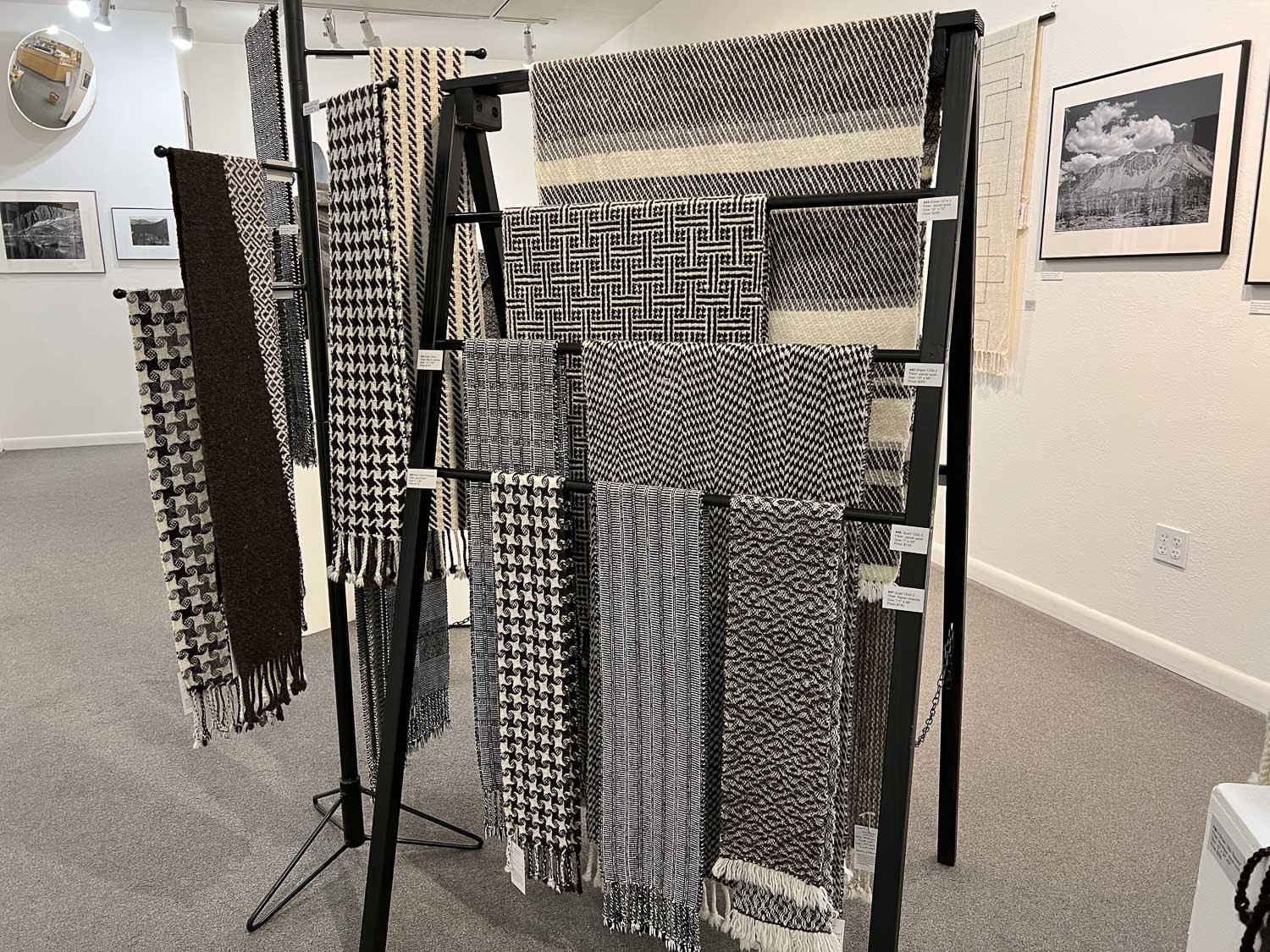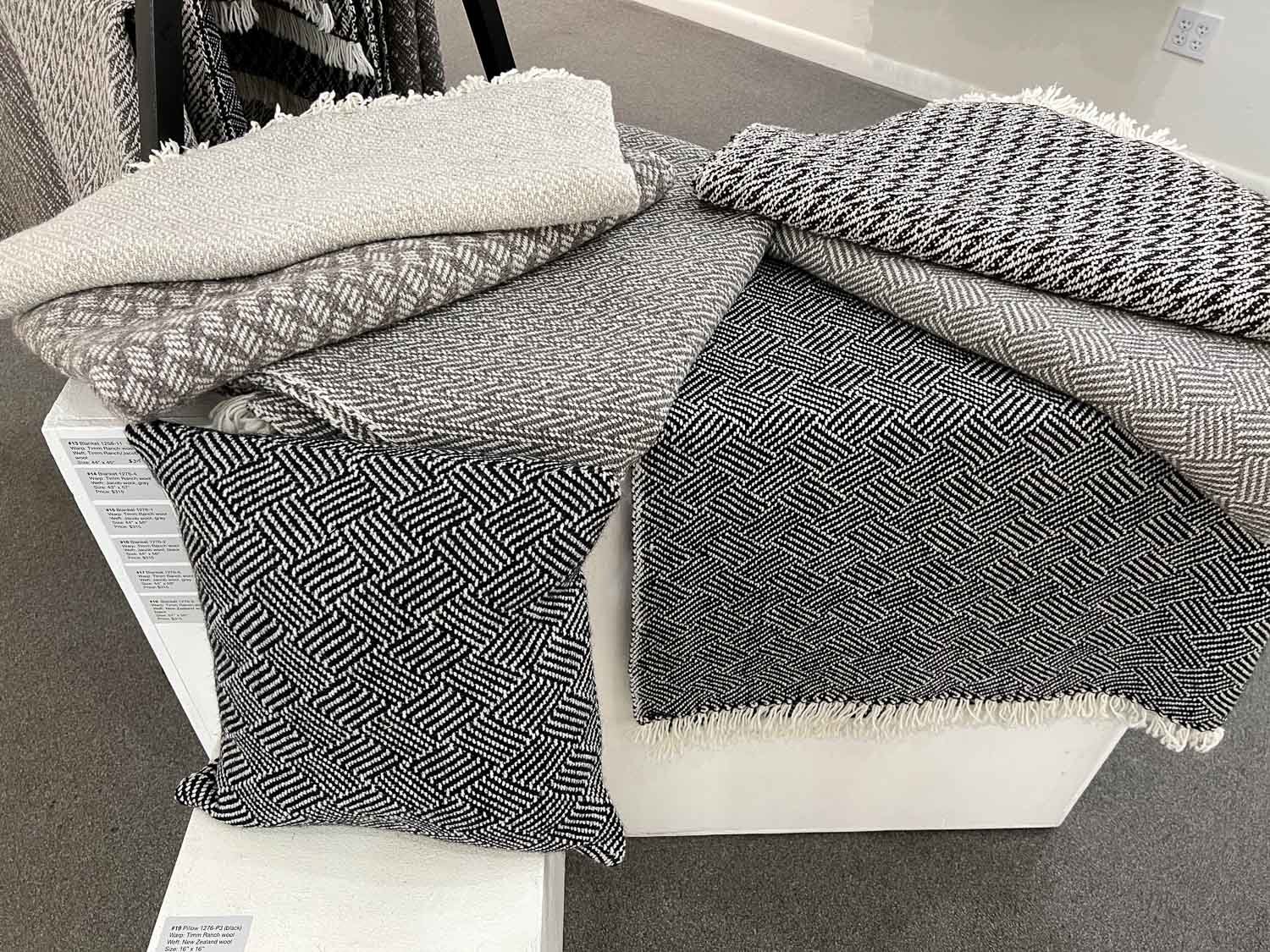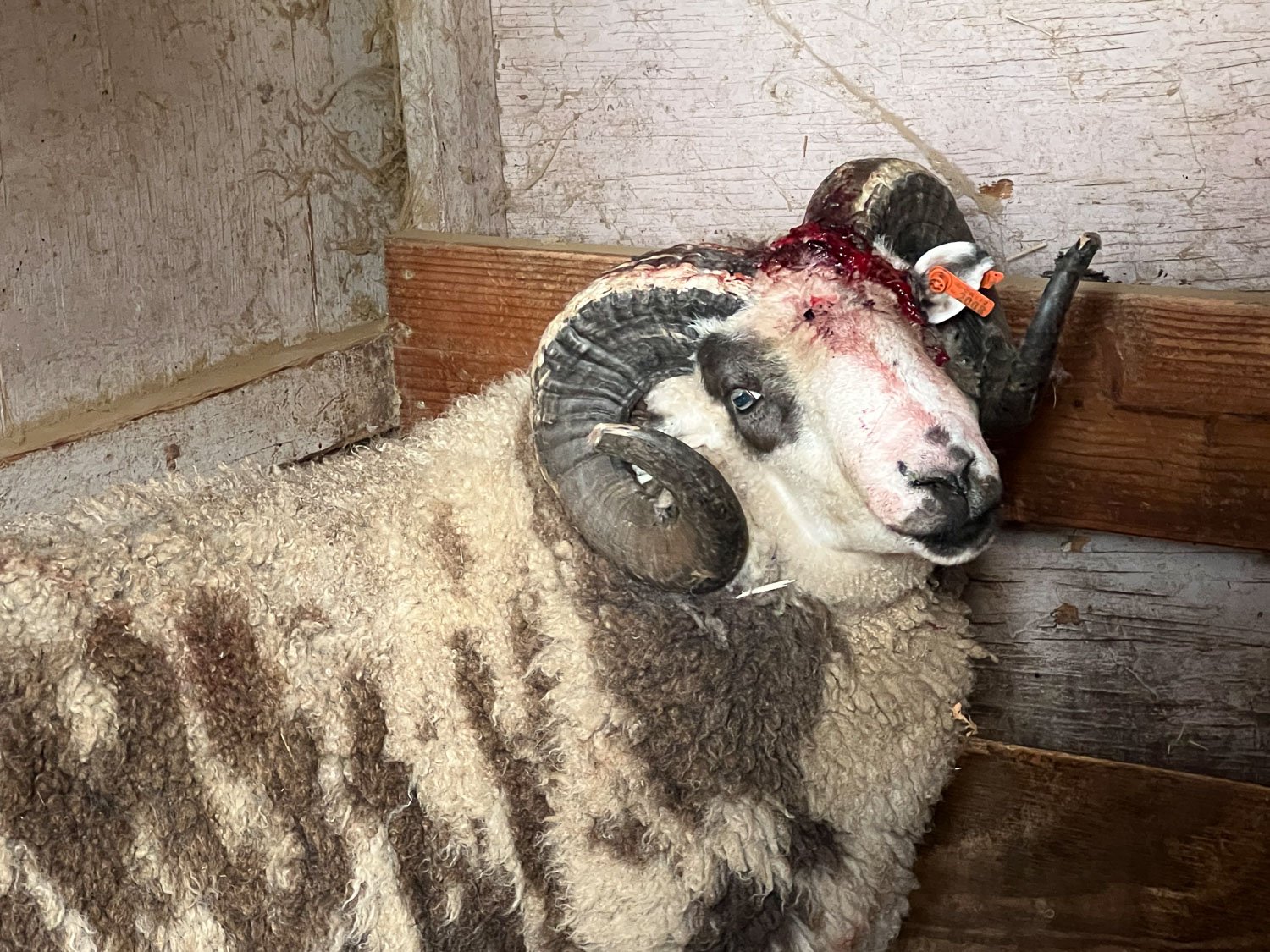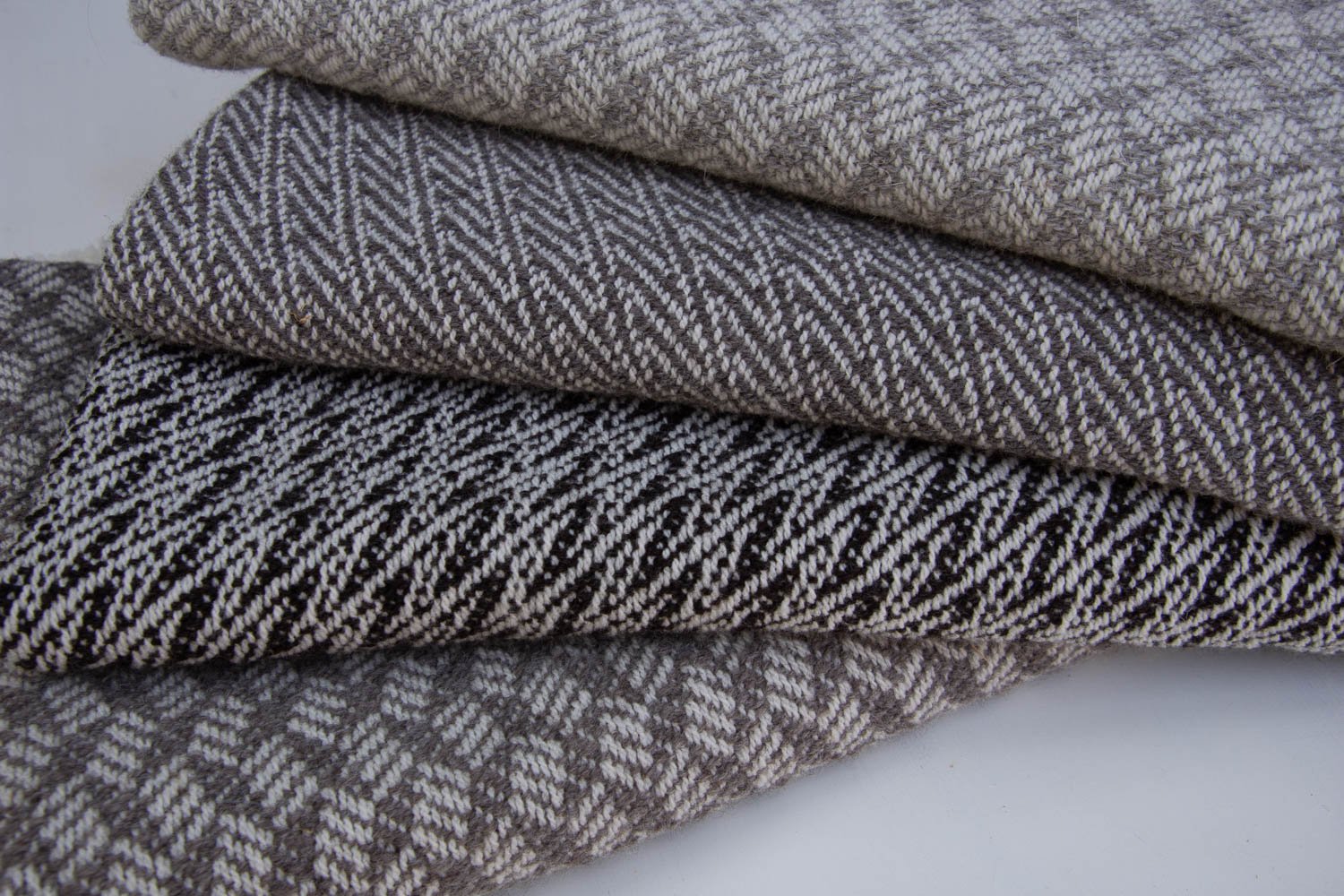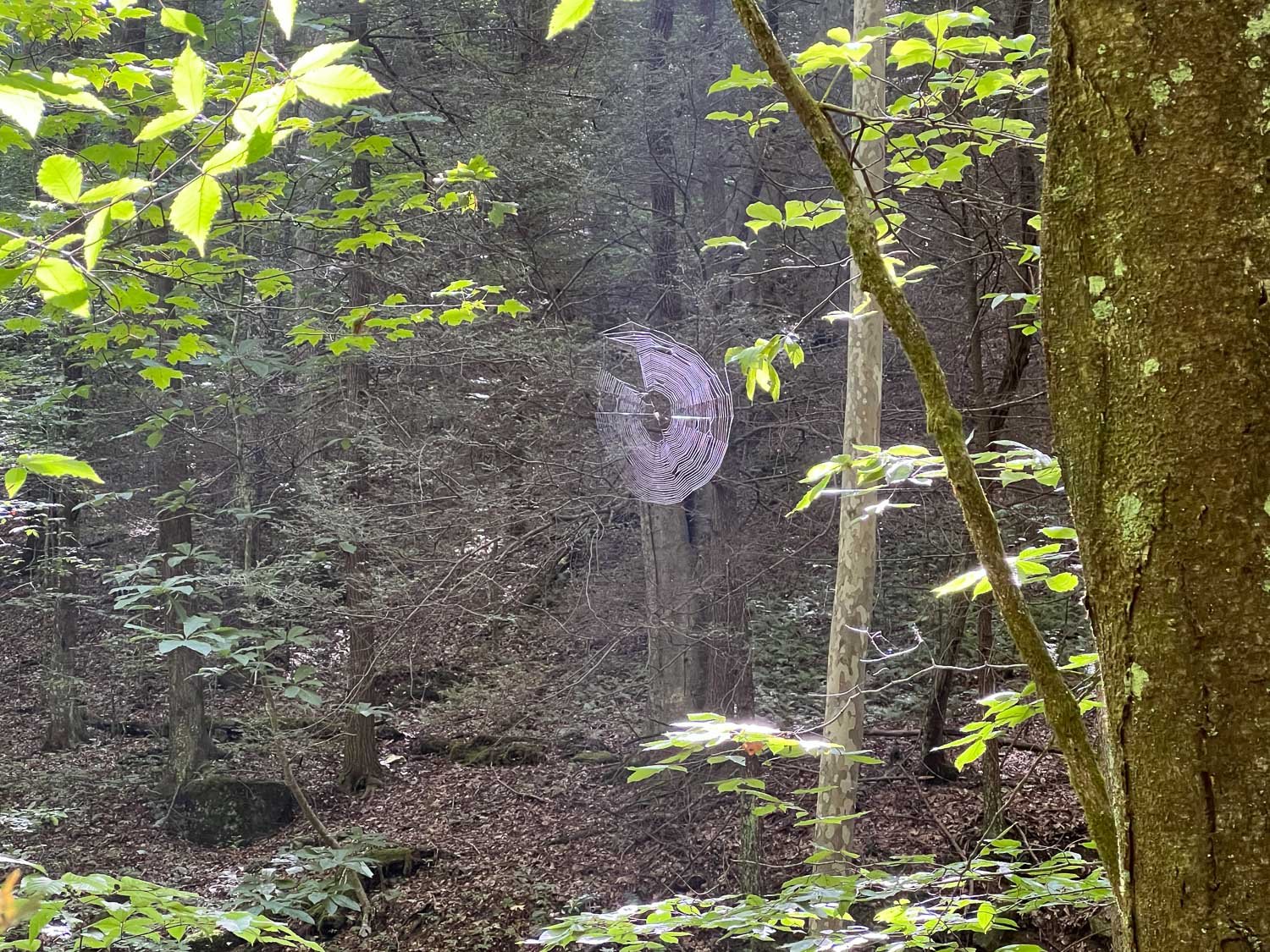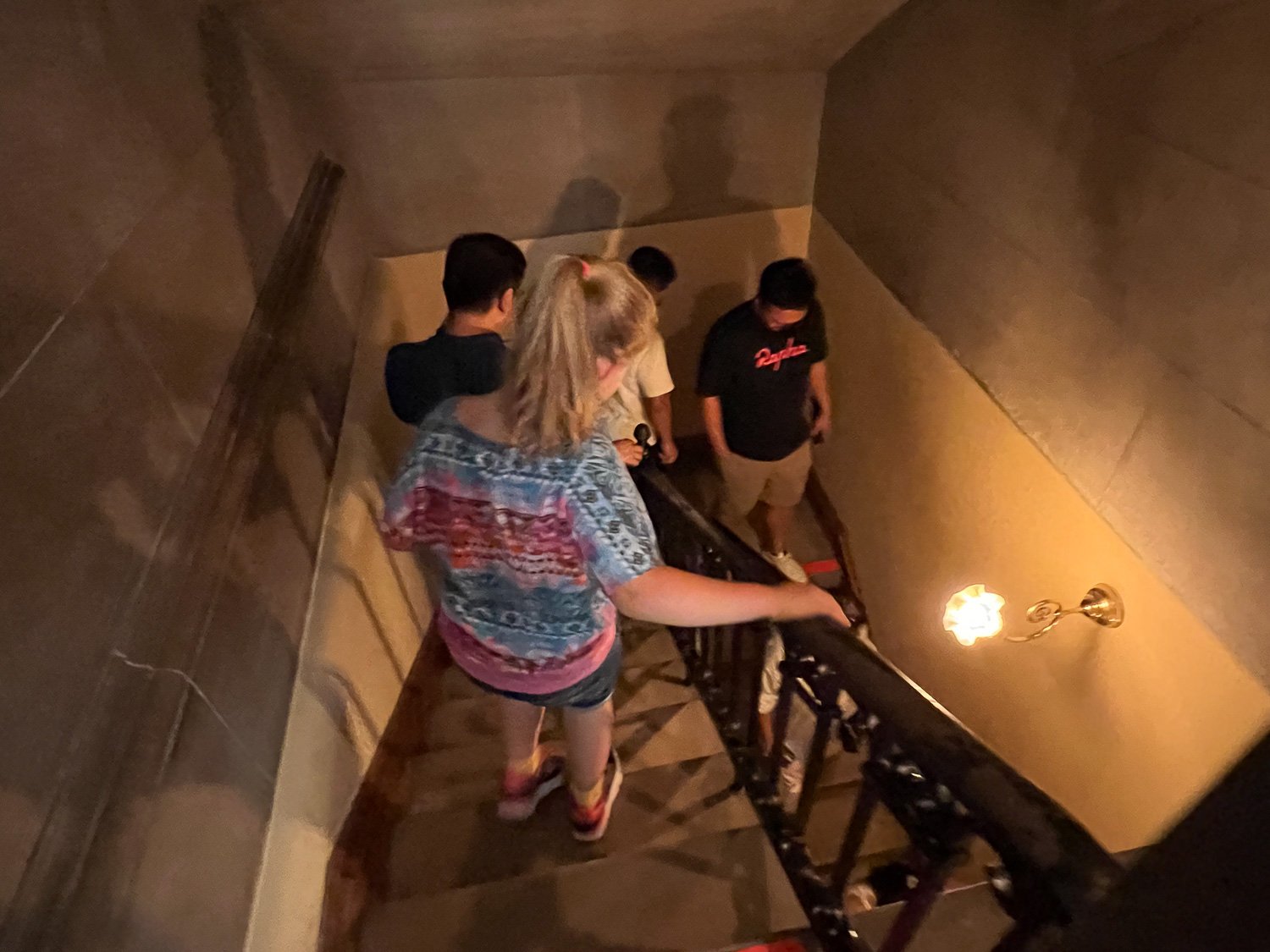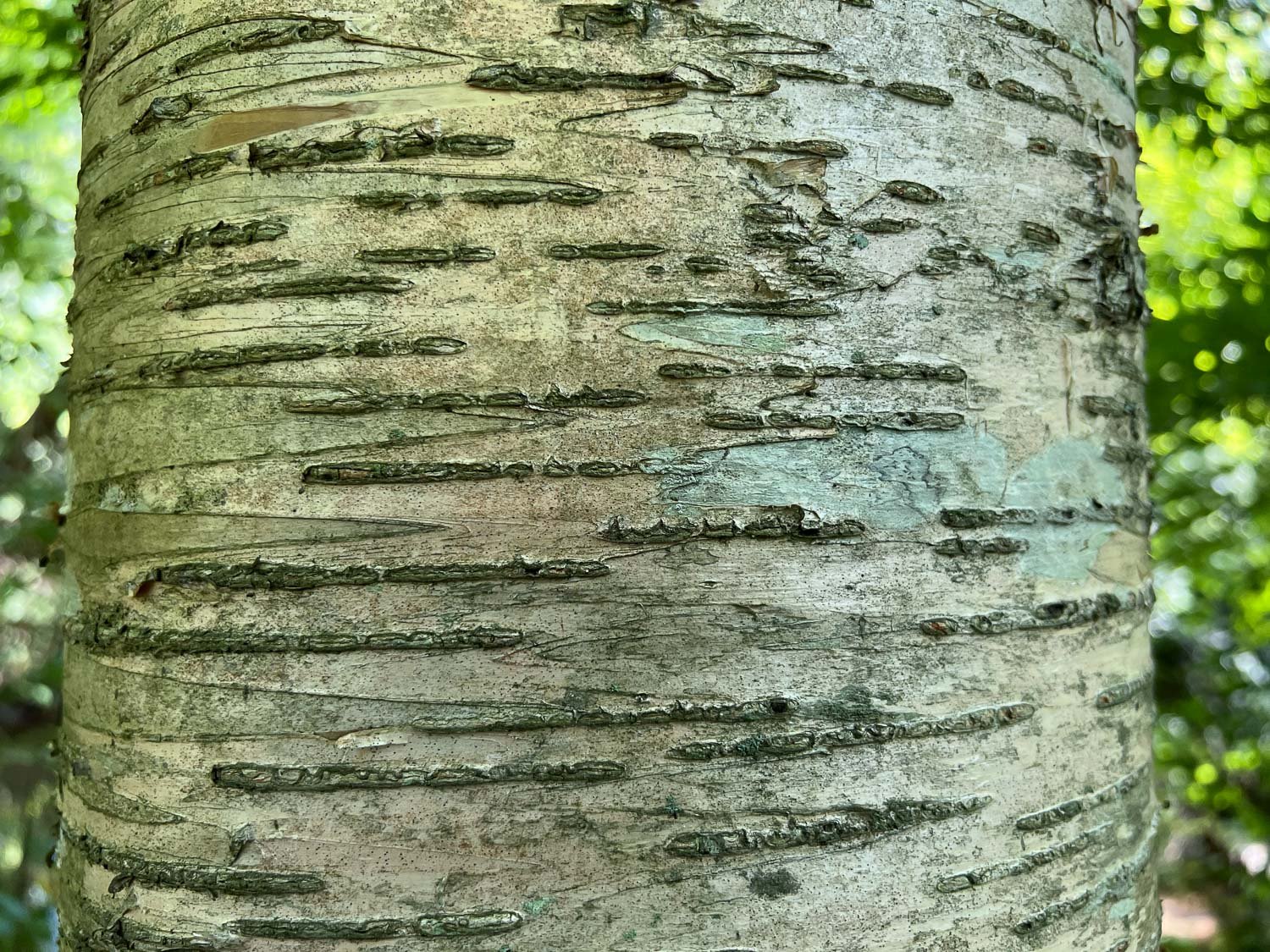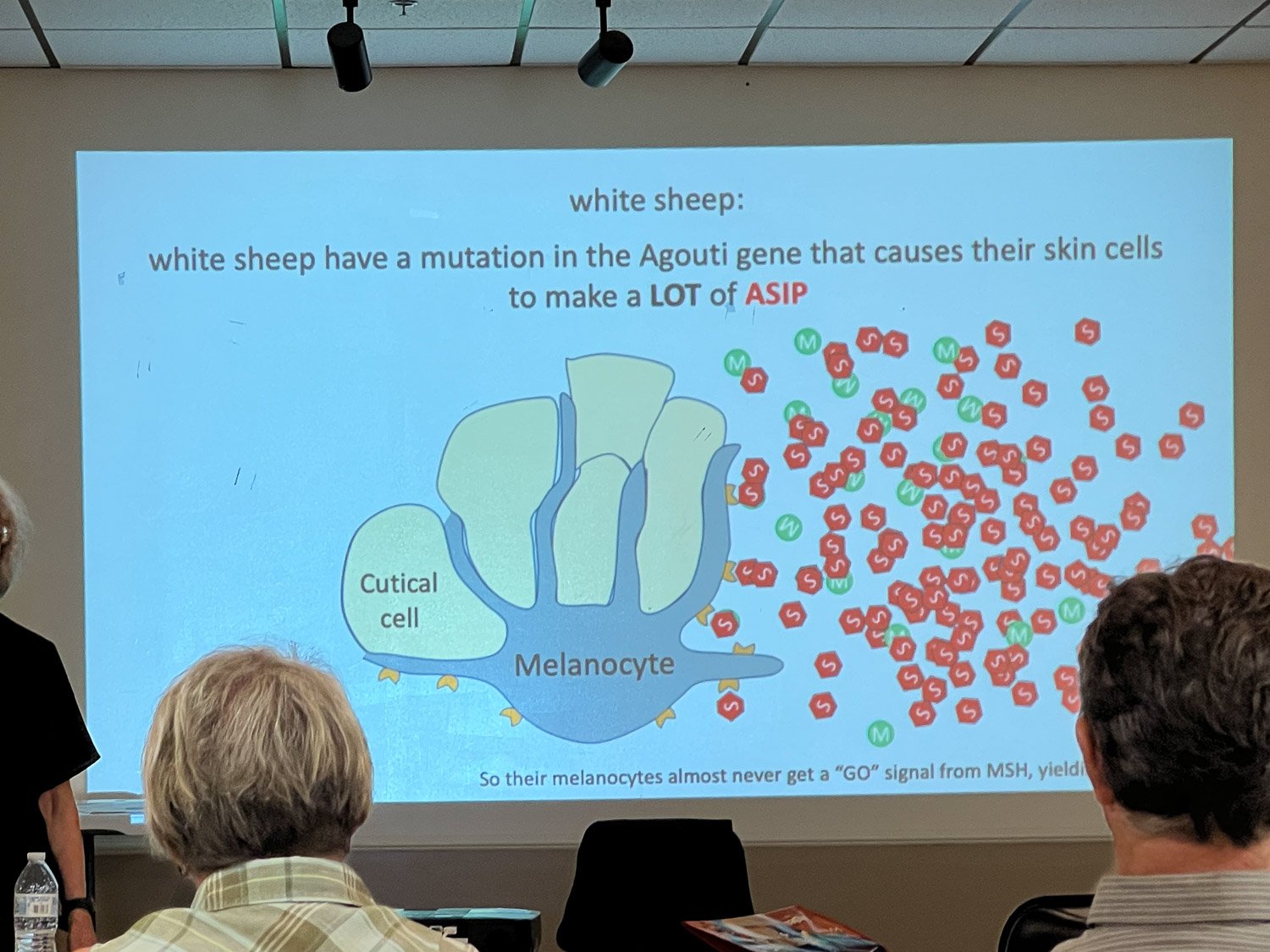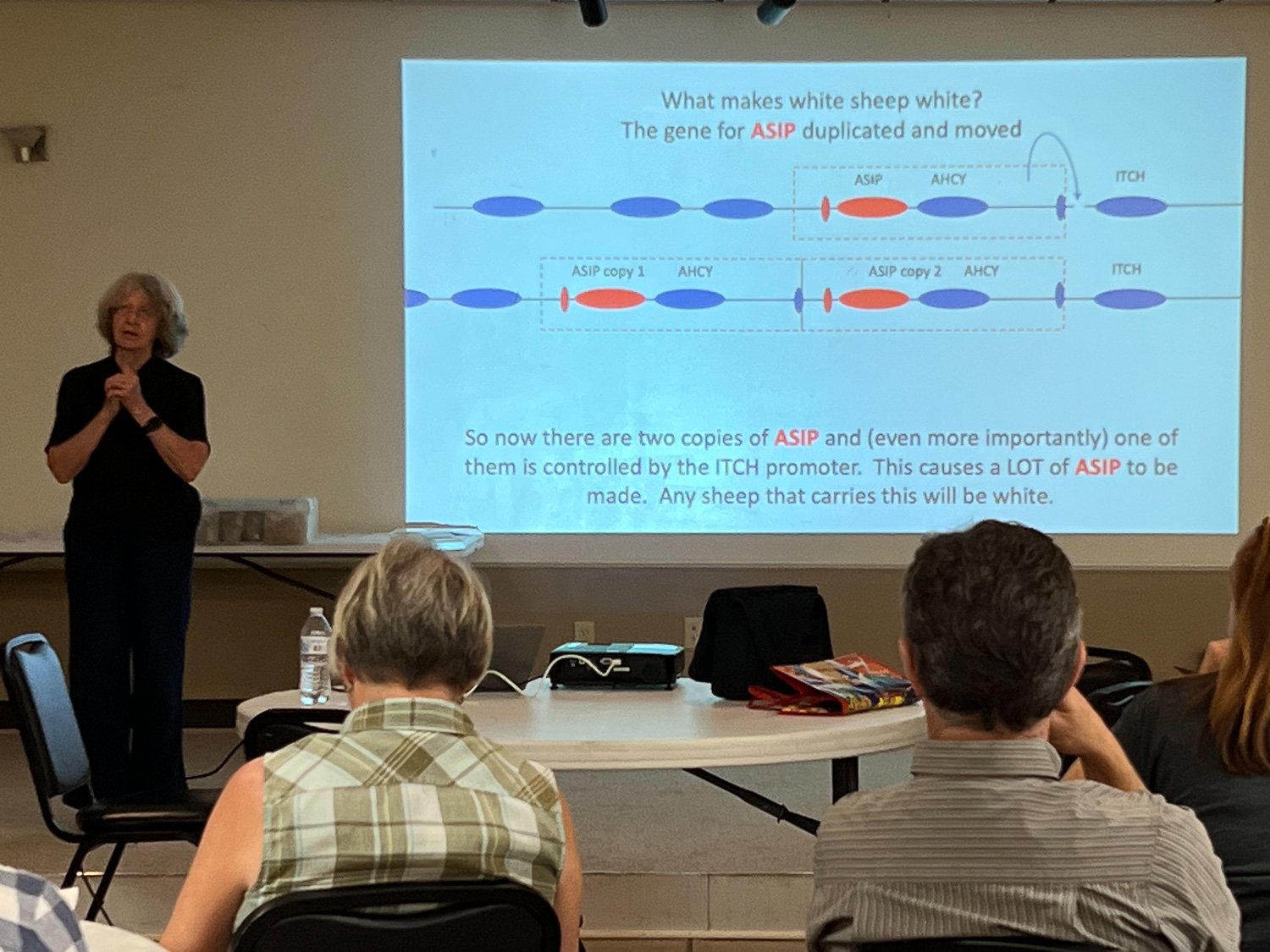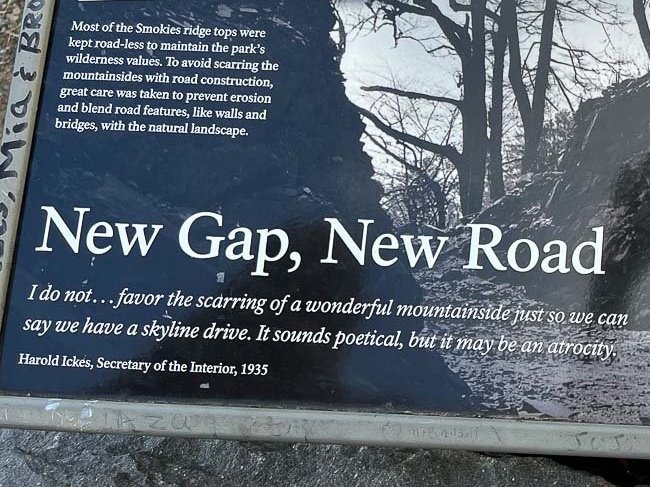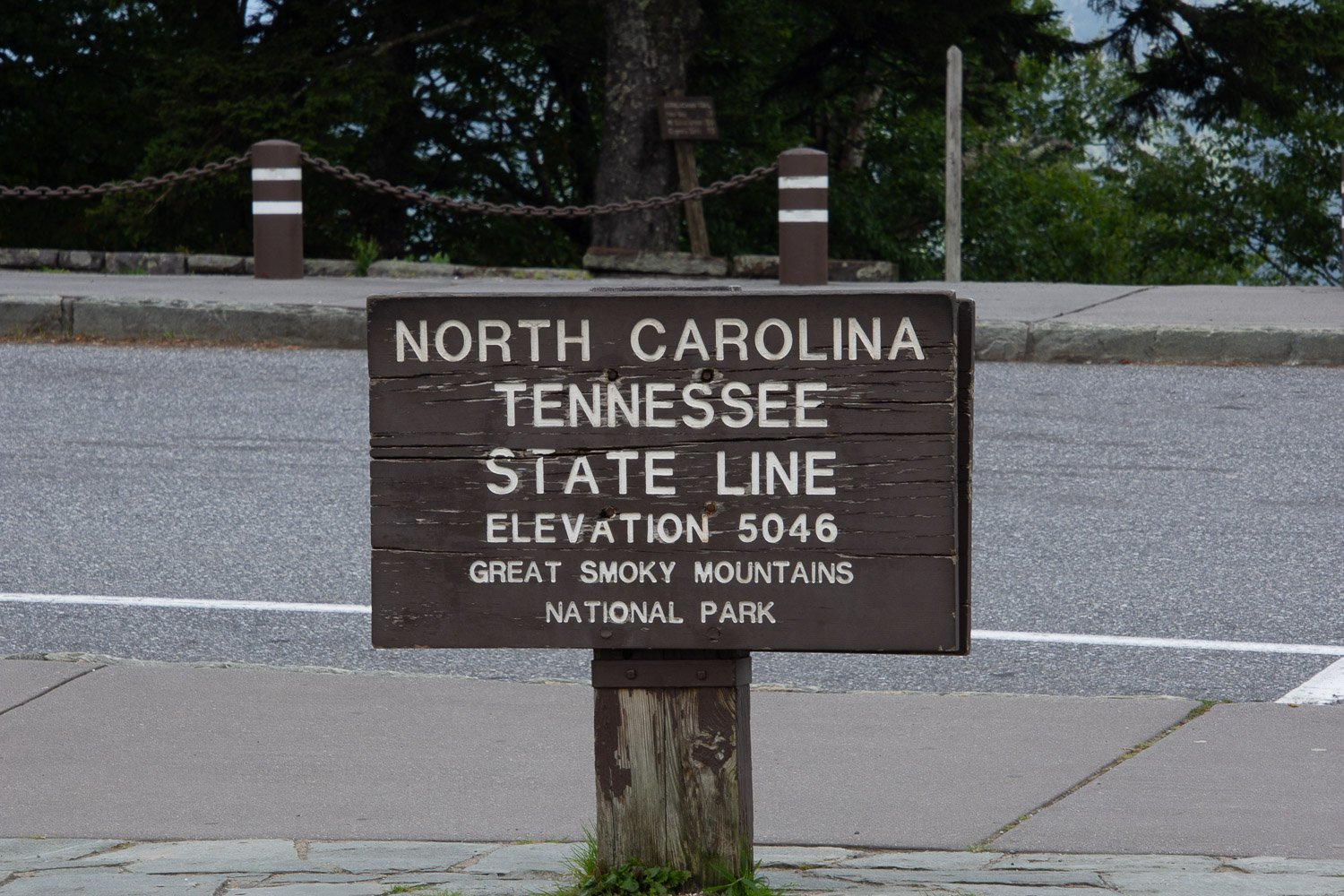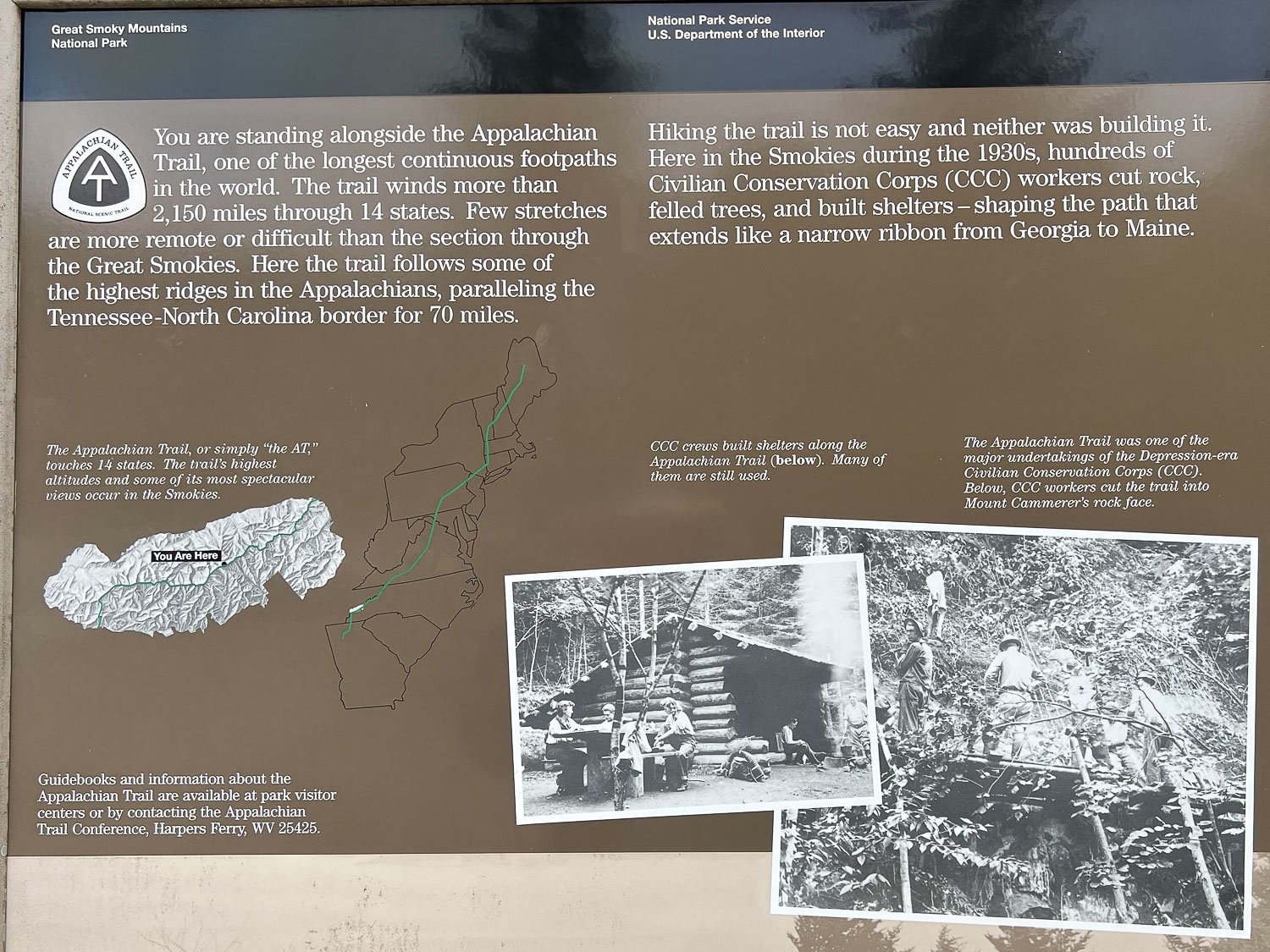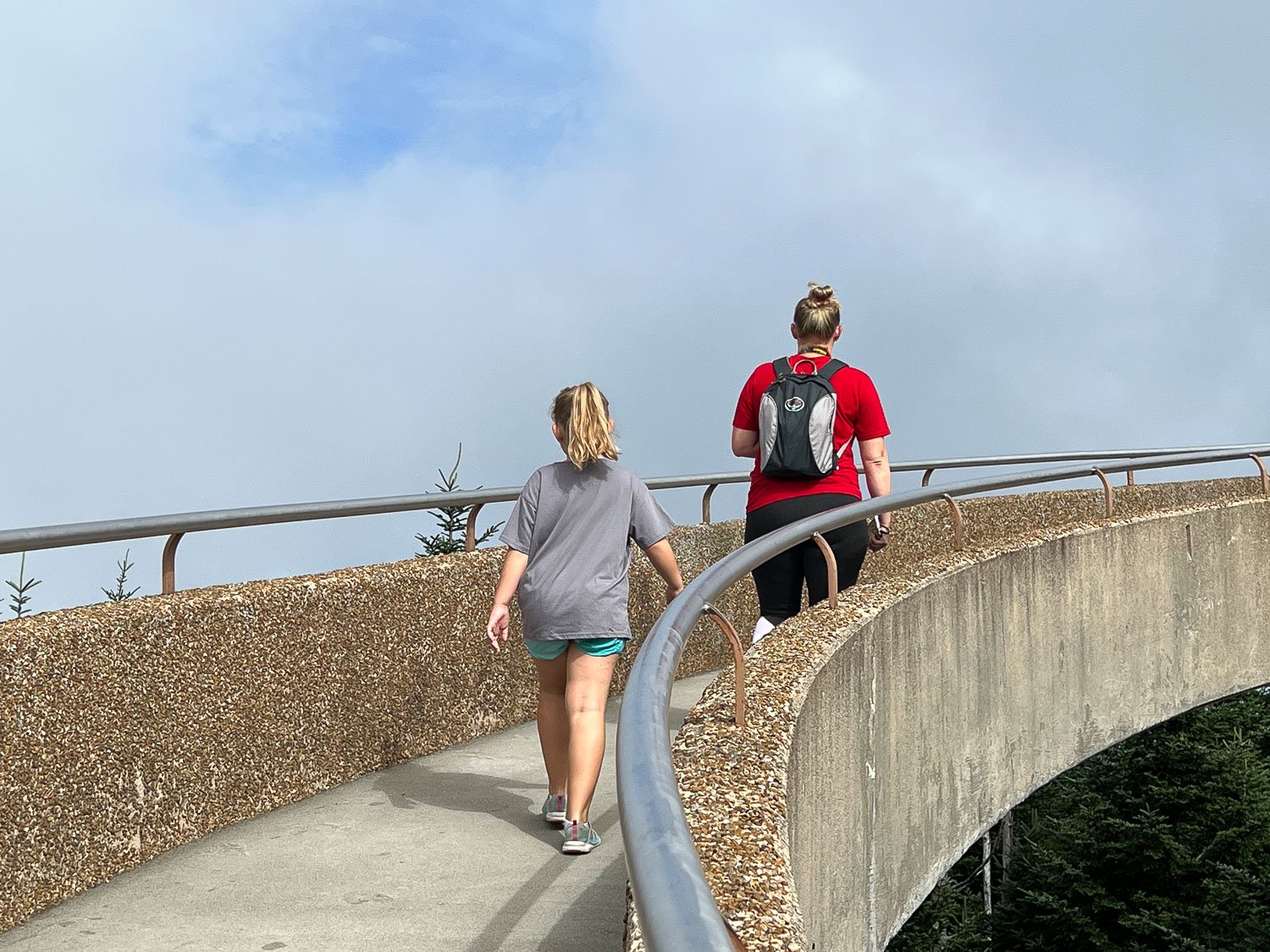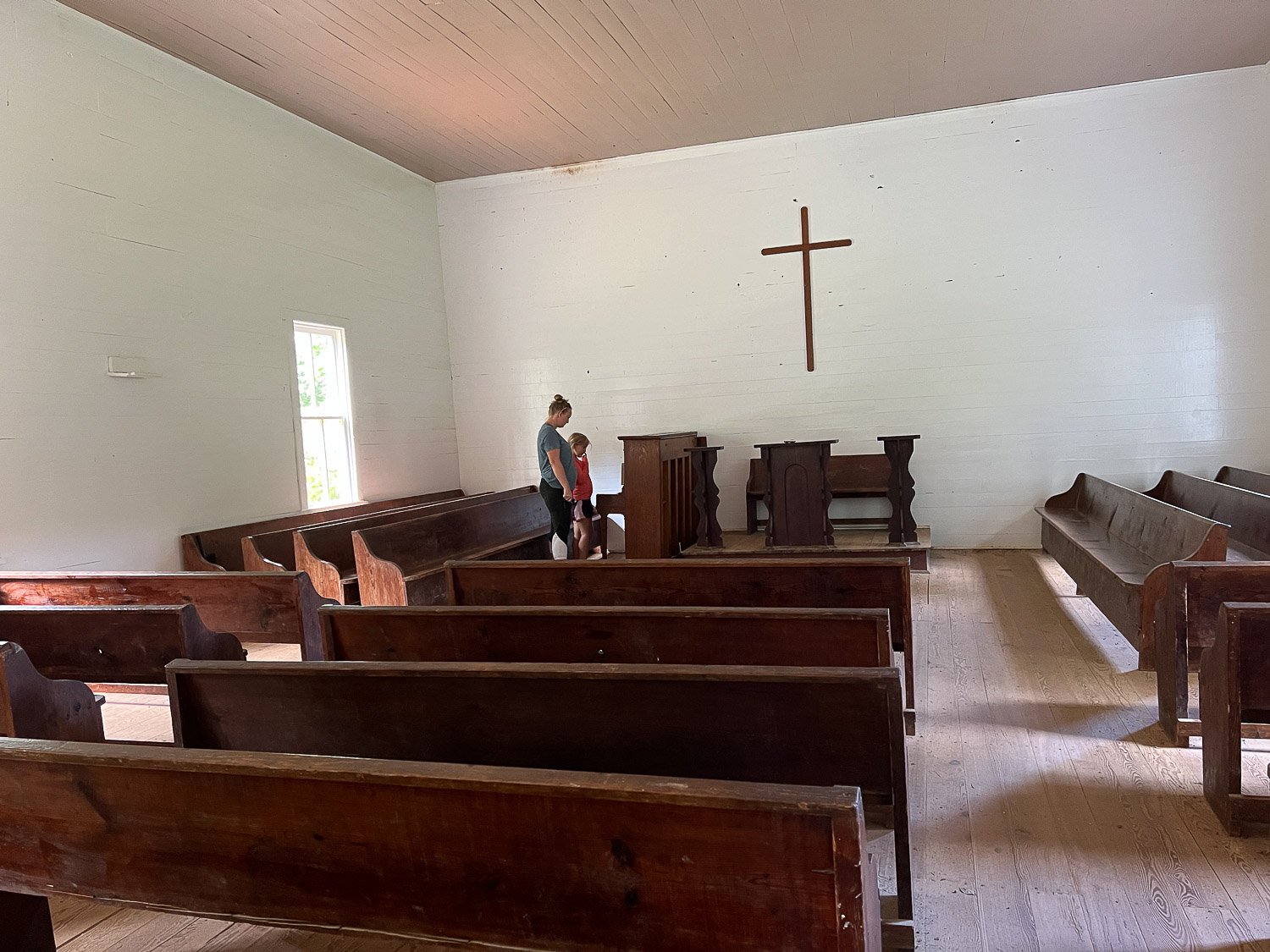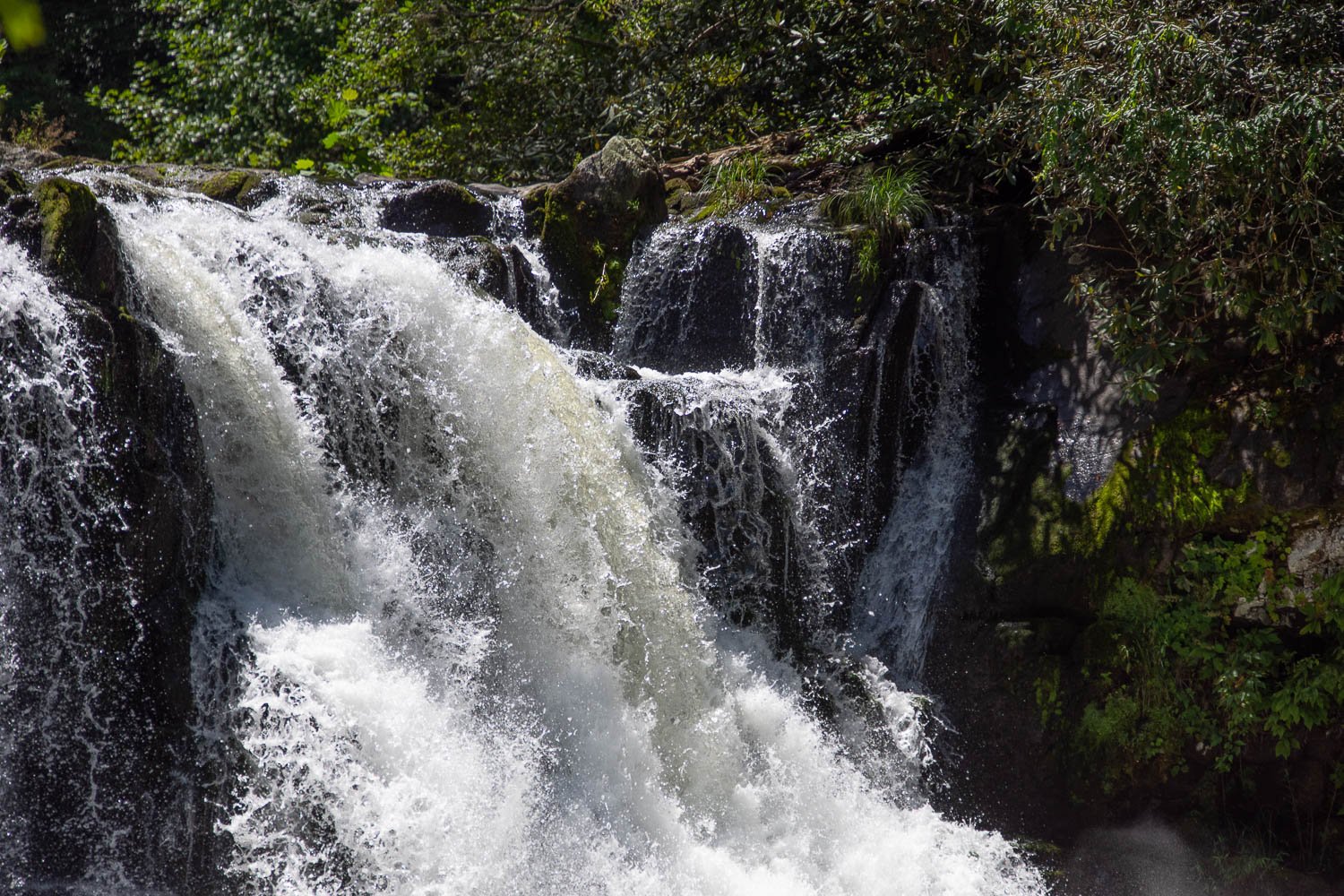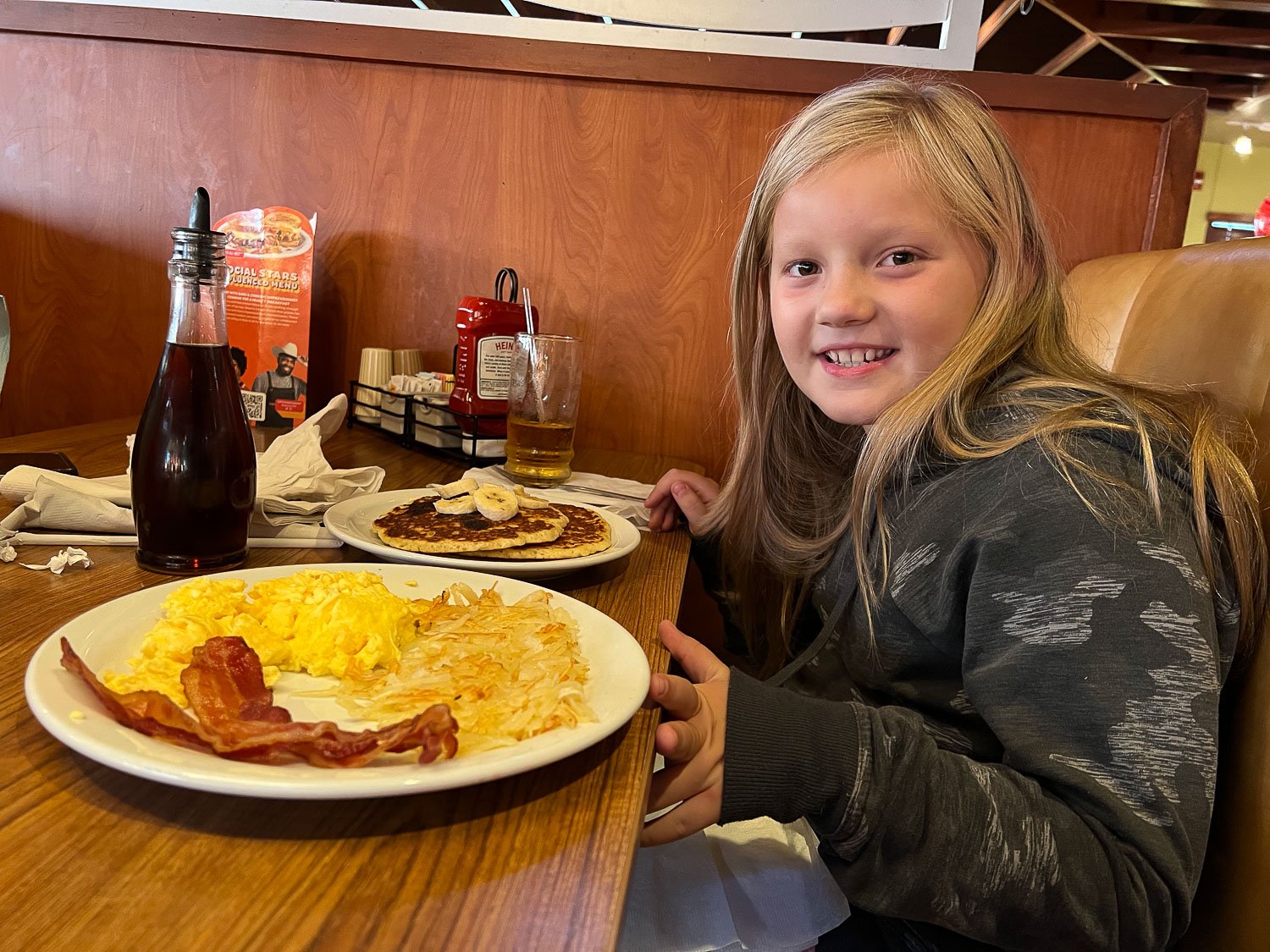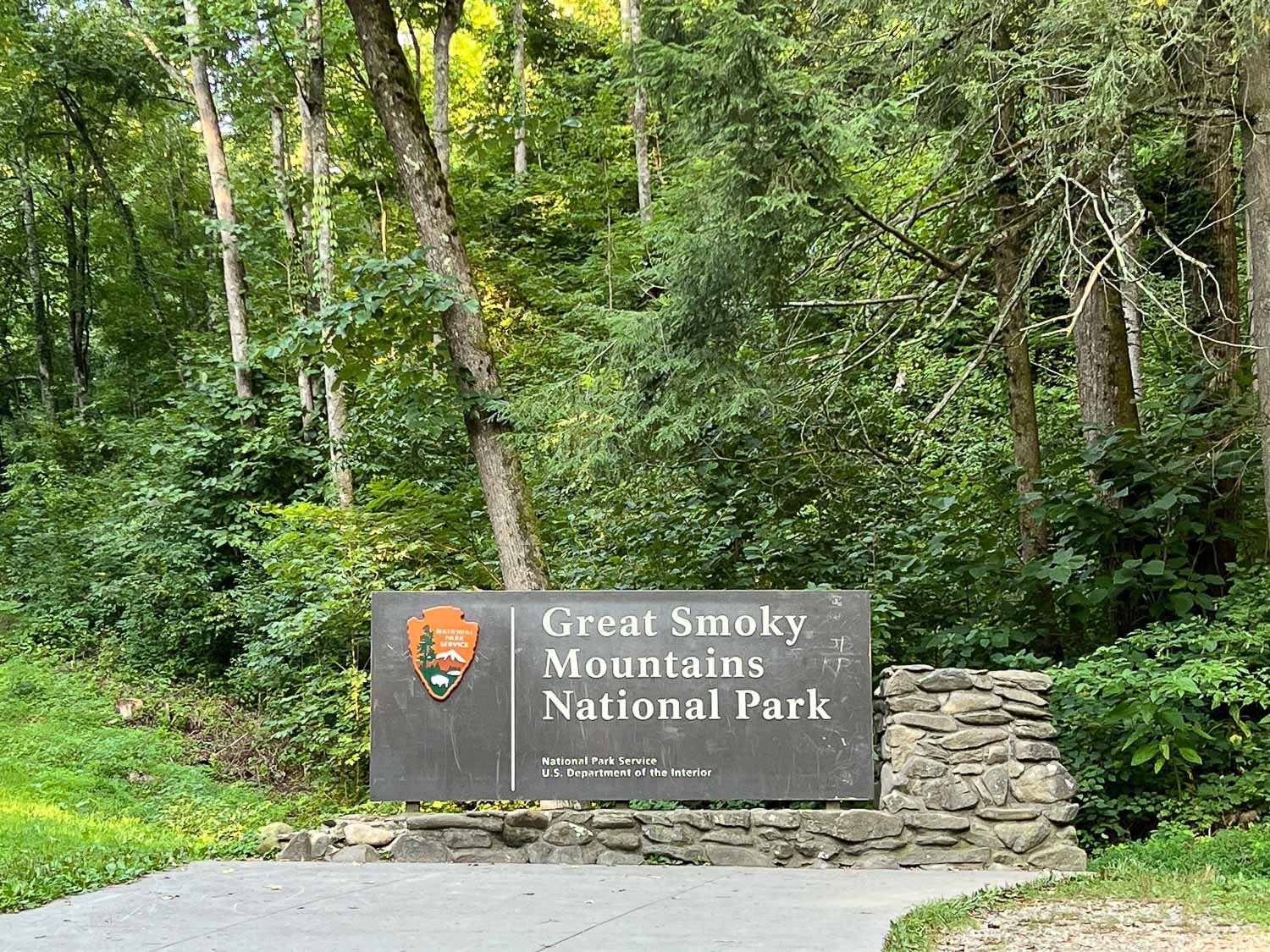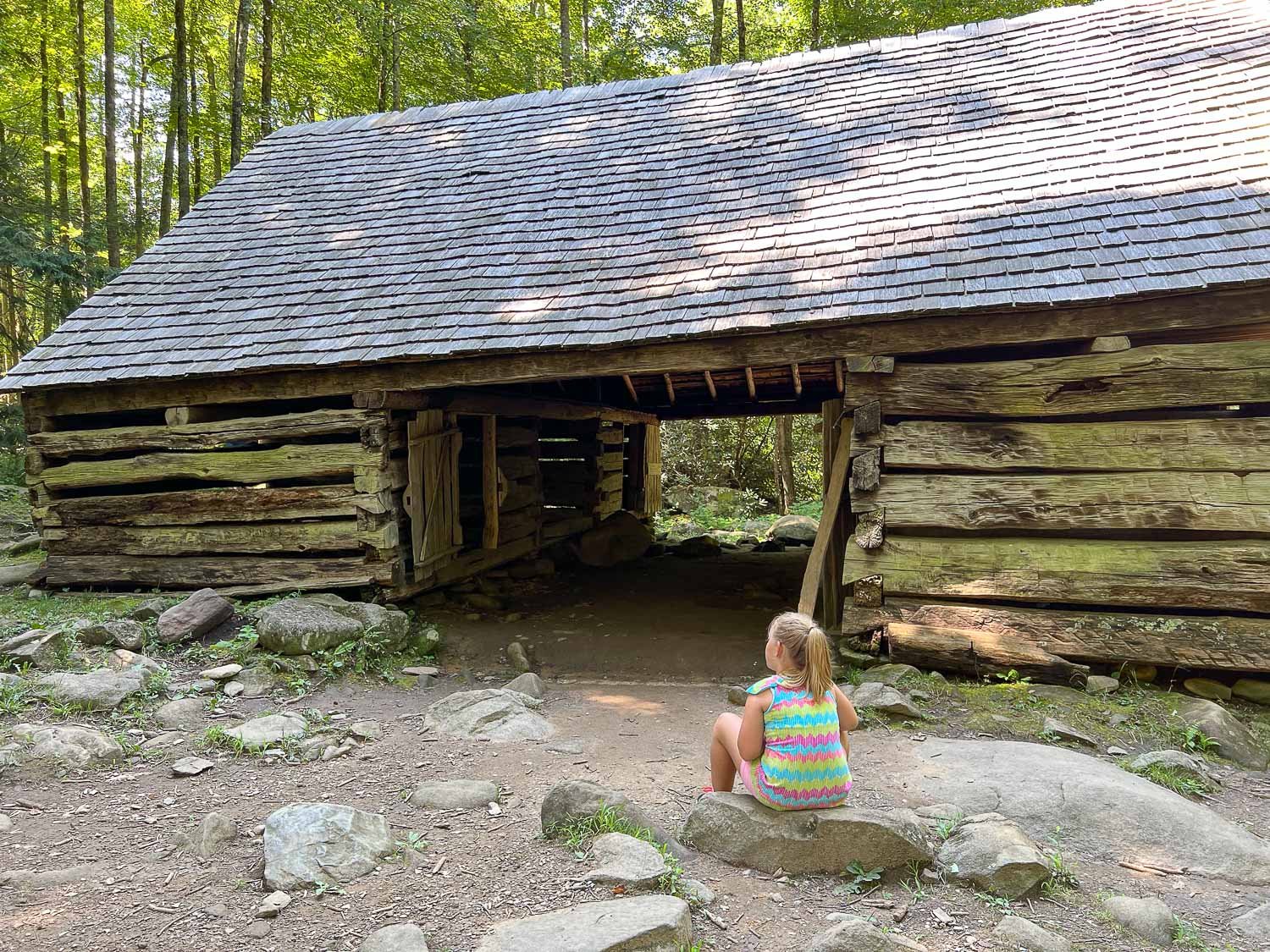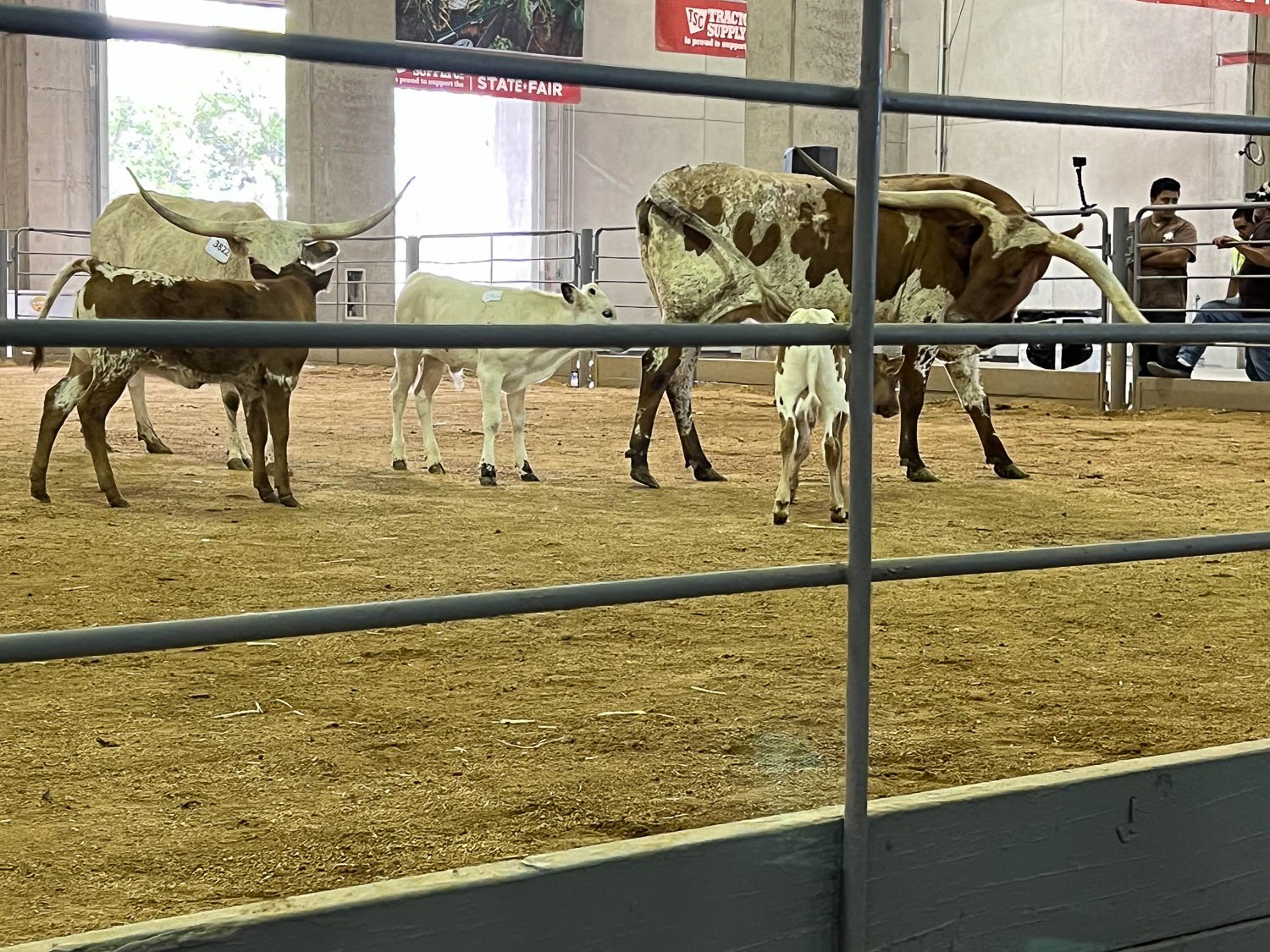Favorite Black and White Weaving
/I wrote this blog post just after Shades of Black and White opened at the Artery September 30. Monday, October 24 is the last day. Some pieces have sold. Of those that have not sold, some will be incorporated into my space in the main part of the store and the others will go on my website or the Artery’s webstore. I thought I’d share some of my favorites.
This shawl is woven with my locally sourced Timm Ranch yarn except for the three black lines that are Jacob wool. It is a simple pattern, but time consuming. The design is woven on the loom as the weaving progresses.
This is another one. Only a small portion is visible at any one time so it’s a bit of a challenge to keep track of where those right angle designs are happening as you go. .
This was a favorite 8-shaft pattern in 100% Jacob yarn. It is relatively easy to thread and to weave. The two sides look very different.
This is a draft that will produce pinwheels or many other interesting shapes.
This is another favorite. I’ve always liked this tumbling blocks pattern. Jacob yarn on a Timm Ranch wool warp.
What about simple stripes? This is warped with alternating columns of 4 threads black and 4 threads white. The weave structure allows the yarns to open up when this is off the loom. Those stripes look like columns of beads. 100% Jacob yarn.
This was a new pattern for me and I like the movement in it. Jacob weft on Timm Ranch warp.
This is a bag woven of hemp. I didn’t find room for it in the show so it’s at home now. It will probably go on my sebsite.
Another color and weave pattern. Both these scarves were on the same warp. They use 100% Jacob yarn.
This is the last piece I wove—two nights before the show opened. I was talking to someone when the idea of Clasped Warp came up. I had planned to weave a clasped warp shawl, but forgot until now. I had enough time to put on a scarf warp. The photo below is after finishing.
The joined warp threads are placed in a diagonal line to almost the far end of the warp. This is 100% Jacob yarn.




